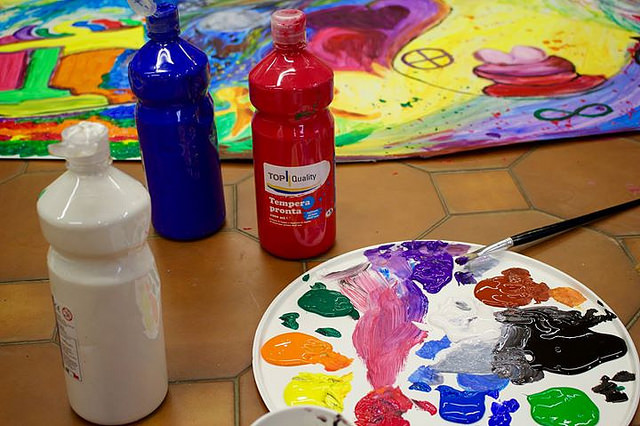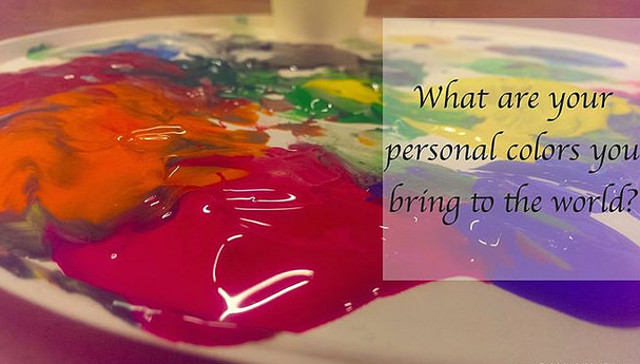This week as I was looking at the images in the Temples of Humankind, I was struck by the colors in the clothes, objects, jewelry and food of the peoples of the world. I thought about how colors speak, how every culture has a different code for using color as communication, with associations and meanings that make it so that a carpet or a scarf becomes poetry without words.

Researching the meanings of colors, I have found that:
~ Pink is associated with the feminine and blue with the masculine in many western cultures, while the opposite can be found in Asian cultures. It’s also the case for us at Damanhur: Pan (associated with masculine generative power) has red as a color – and pink by association – and Bast as a representative of goddess energies is connected with the color blue.
~ Mourning is associated with black in the west, while in China and India, the color white is the color of death, and no one wears a white dress at a traditional wedding. Usually they dress in red for marriage, which is a color of fortune. Red is an almost universal color indicating passion. Native Americans think of the color green with love, and Africans blue.
~ Yellow, which is the color of the Damanhur flag, is naturally associated with happiness, optimism, the sun, illumination. In some cultures, it implicates cowardice, while in Japan it represents courage.
~ Green was sacred to the Egyptians, because it represents hope and the joy of springtime. It is often the color of fertility and the earth.
~ Blue is associated with divinity, protection, harmony and paradise for the main religions of the world, while in English, “the blues” refers to sadness, depression, and a whole genre of music dedicated to the expression of these melancholic emotions. In German “blau sein” (being blue) means being drunk, and in Russian “light blue” implicates homosexuality, while in Piedmontese (the dialect of Piedmont) “daje ‘l bleu” means ending a romantic relationship.
~ Purple is a color associated with richness and nobility in both the east and the west, partly because until modern times, it was rare to find purple in nature to be able to create pigments. It is also the color of the Catholic liturgy.
~ Orange brings thoughts of energy, vitality, friendship and family. It is a sacred color in Hinduism. For some Native Americans it is a color of healing, and it is also useful for learning. It is also associated with learning in China, as it is for us in Damanhur.

May all of us enjoy the colors of the springtime, in nature, appreciating the diversity of colors and our human diversity.
Quaglia Cocco
The Befana







